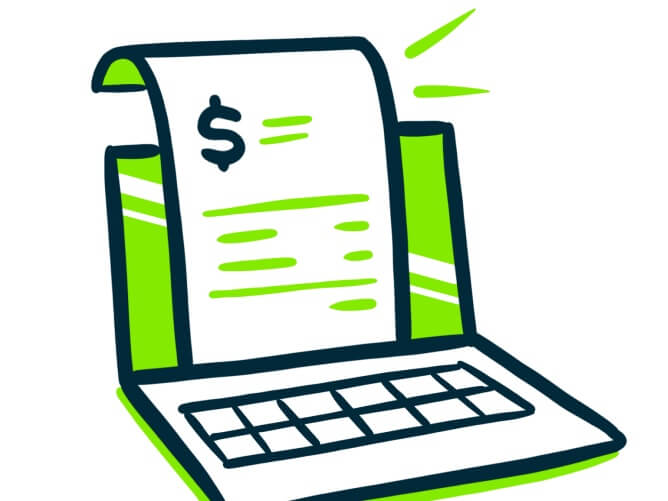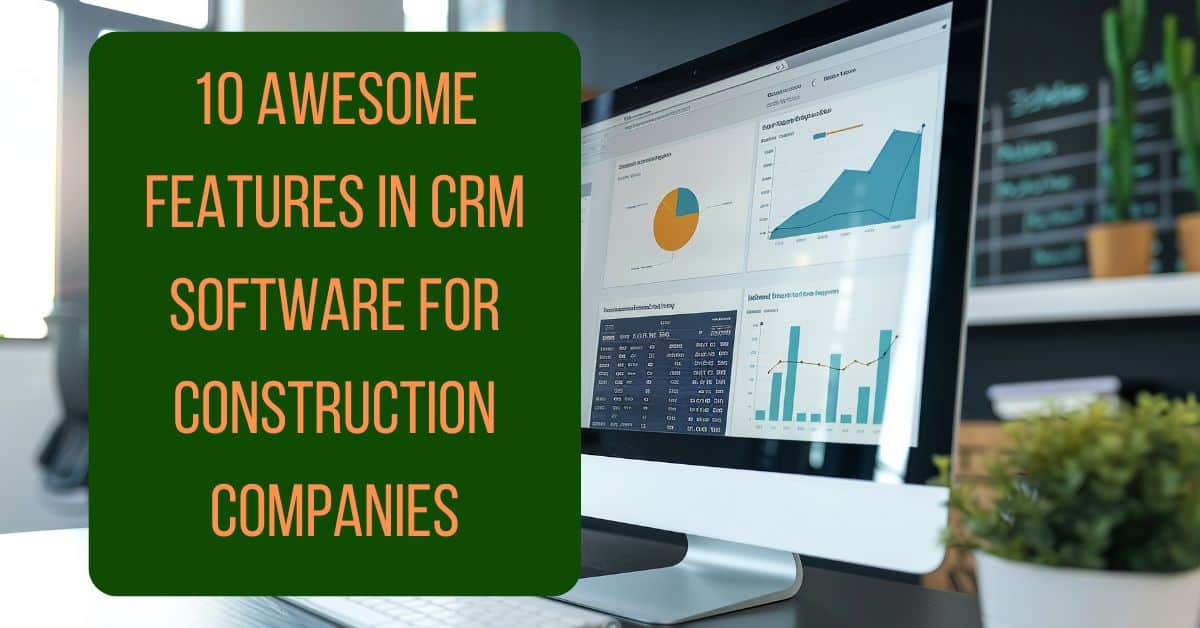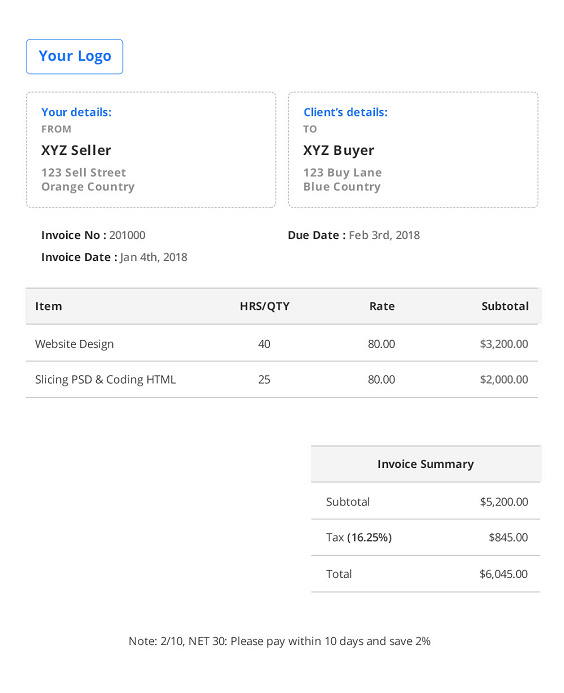Understanding Different Invoice Payment Terms
In small business operations, encountering challenges with invoicing is a widespread issue. Based on extensive research conducted by Xero, a provider of cloud-based accounting software for SMEs, it’s observed that around 33% of invoices face delays of 2 weeks in payment, with a total of 60% of invoices being paid late overall. These findings, drawn from Xero’s comprehensive analysis of thousands of clients, indicate that this problem extends beyond the UK and is prevalent among small businesses globally. The root cause often lies in the inadequacies of existing invoicing systems.
The terms and conditions outlined in invoices play a crucial role in ensuring timely payments. Through the examination of 1,500 businesses, Xero identified various measures that can enhance the likelihood of prompt payment, with particular emphasis on invoice payment terms. In the past, businesses typically mailed invoices to clients at the end of the month, allowing for an extended period for payment. However, with the advent of online invoicing (e-Invoices), invoices can now be transmitted instantly, making lengthy payment terms and conditions outdated.
Here are some common reasons for invoice delays and unpaid invoices:
- Late penalties may be included in invoice payment terms if clients don’t pay on time.
- Invoice payment terms should specify the currency used or accurately convert currencies on all invoices.
- Accepted payment methods for the business need to be clearly stated in the invoice payment terms. Some businesses avoid checks, credit cards, or bank wires due to associated risks or costs.
- Payment due dates should be clearly stated in invoice payment terms. While many businesses traditionally follow a 30-day payment rule, payments can now be made within any convenient timeframe. Nowadays, businesses often expect payment within a day or a week, eliminating the need for long waits.
- Studies show that a majority of businesses set invoice payment terms of less than 2 weeks, with many requiring payment within 7 days.
Timely issuance of invoices is crucial. With the convenience of online invoices, businesses can now create and send professional invoices within minutes. Some businesses have monthly invoice deadlines, and missing this deadline can delay payment until the next pay period.
Delays in creating and sending invoices lead to delayed payment receipts. It’s important to create invoices promptly to ensure timely payment. Online invoice systems are available to streamline the invoicing process, allowing invoices to be created from smartphones, tablets, PCs, or Macs.
What types of payment terms are available with invoicing?
Invoice payment terms are delineated according to different codes. These include the following:
- Cash on Delivery – COD
- Cash with Order – CWO
- Cash Next Delivery – CND
- Cash before Shipment – CBS
- Payment in Advance – PIA
- Payment for the End of the Month – EOM
- Payments at Agreed Stages – Stage Payment
- Payment 7 Days after the Invoice was Issued – Net 7
- Payment 10 Days after the Invoice Date – Net 10
- Payment 30 Days after the Invoice Date – Net 30
- Payment 60 Days after the Invoice Date – Net 60
- Payment 90 Days after the Invoice Date – Net 90
- 21st of the Month after the Invoice Date – 21 MFI
- No Credit – Account Conducted on a Cash Basis – Cash Account
- Payment Offset against Supplies Purchased from the Customer – Contra
When establishing payment terms, it’s essential to be clear and precise with the client to avoid confusion, especially if they’re accustomed to a certain payment schedule. Clarity, conciseness, and consistency in payment terms can increase the likelihood of clients adhering to the agreed payment schedule with customers.






